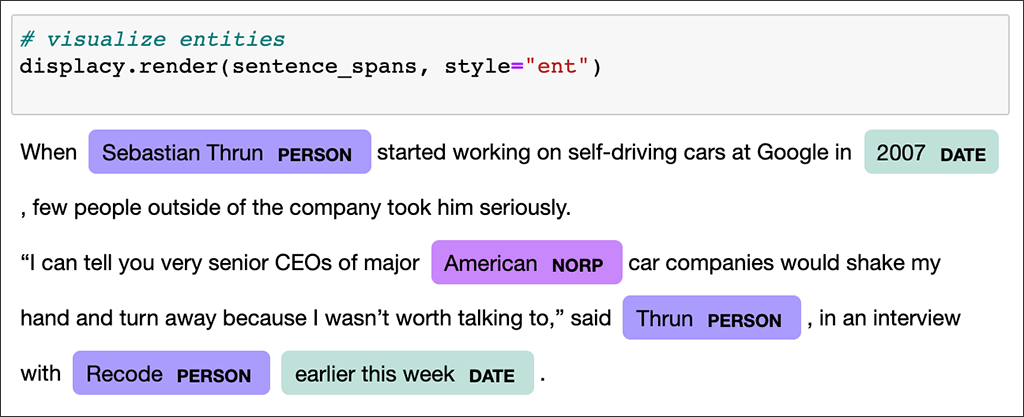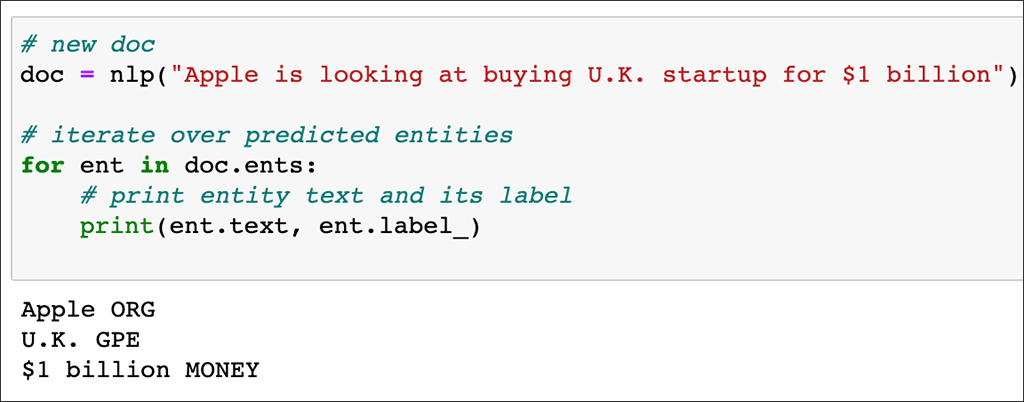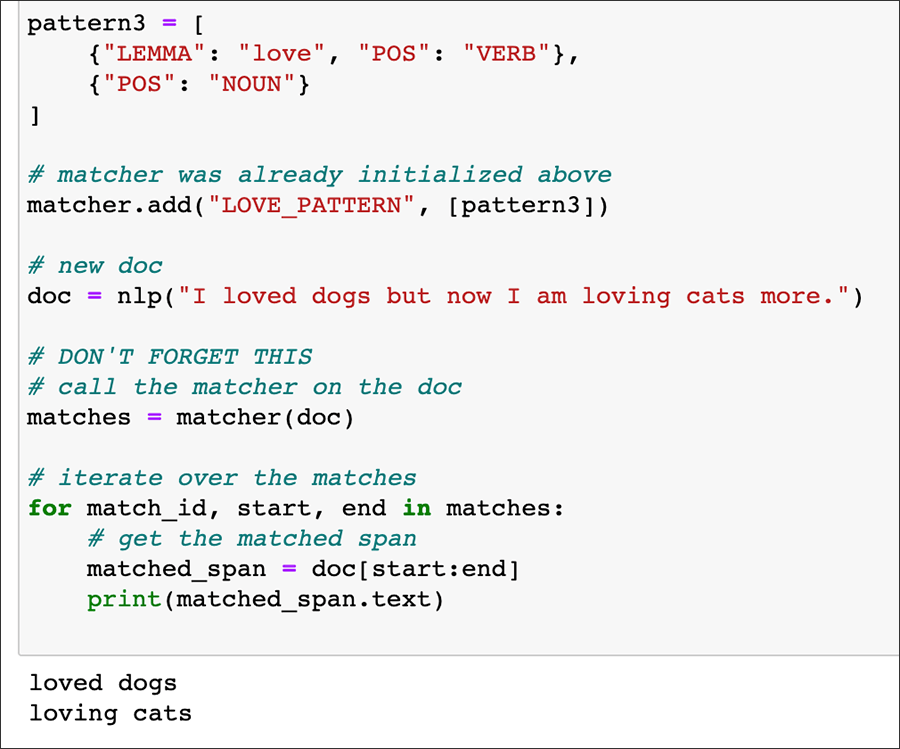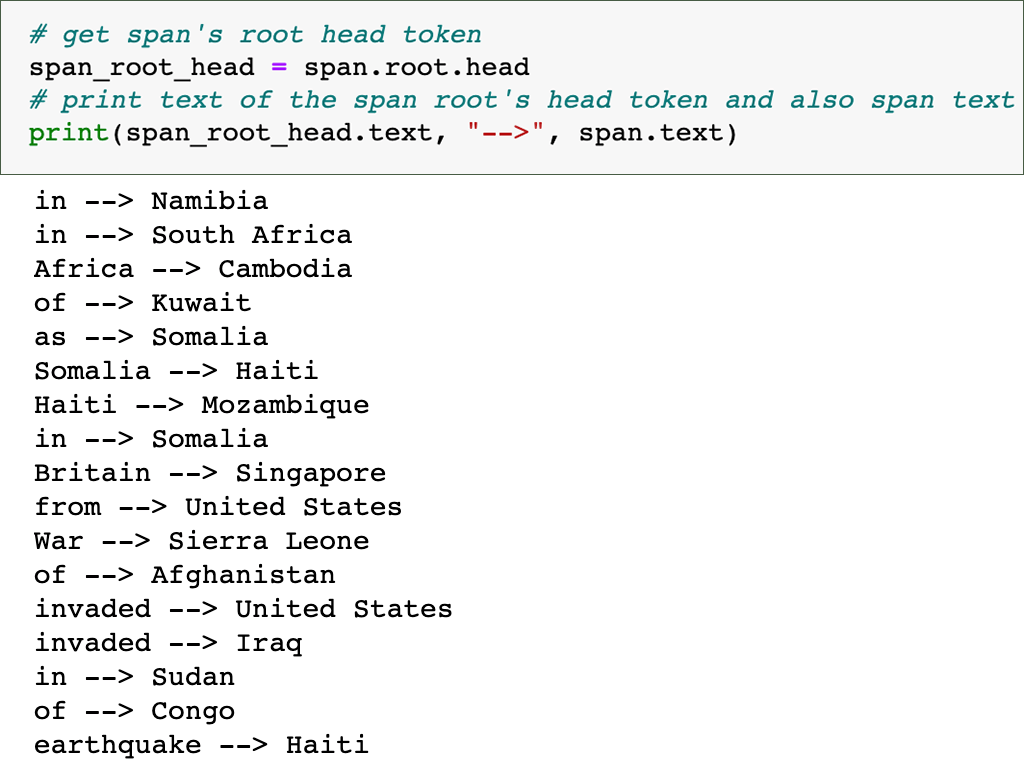Sometimes I read something that is like a voice out of my own head:
“Artificial intelligence is a buzzword increasingly being used by companies around the world that seek to project themselves at the forefront of cutting-edge research … As the word loses its meaning, it is important for investors to understand what artificial intelligence is and what companies stand to gain from breakthroughs in the new technology.”
— Yahoo! Finance, April 12, 2021
That comes from an article titled “10 Best Artificial Intelligence Stocks to Buy for 2021” (link above) but it’s more than just a list of stock tips. It points out that “technology firms with social media services” (e.g. Facebook) are hot because they have the massive datasets that power machine learning about consumers. Companies that make super-fast computer hardware — particularly graphical processing units (GPUs) that crunch through that data — are also good bets (although I’ve heard about growing hardware shortages due to the pandemic).
The article’s author refers to hedge-fund investments as an indicator, which might make me leery about investing my own hard-earned cash, but the list of companies still interested me. Along with hardware manufacturers such as Micron Technology and Nvidia; Amazon, which is valuable for more than only its growing AI expertise; and Alphabet Inc., the parent of Google and DeepMind — the list also includes:
- Adobe, which is “integrating data-based learning into most of its software through Adobe Sensei, a tool that uses artificial intelligence to improve user experiences across a wide range of Adobe products.”
- Facebook — this is Yahoo! FInance’s No. 1 pick, and with its deep pockets, Facebook is certainly able to acquire some of the best research minds in AI today. Its efforts are grouped under the Facebook AI label, and the breadth of its work is visible on this page.
- IBM — this is a recommendation I would argue with. IBM talks a big game in AI, but its failures with IBM Watson Health make me skeptical about its strategies overall.
- Microsoft, which “has a separate artificial intelligence unit called Microsoft AI that helps users, organizations, and governments across the world with machine learning, data analytics, robotics, and internet of things products.” Just this week, Microsoft to announced a $16 billion cash deal to buy Nuance, which develops AI software including speech-recognition products (Dragon is one). Microsoft pointed to Nuance’s position in the healthcare market as a primary reason for the acquisition.
- Pinterest, because it is using AI to sort and categorize the millions of images shared by its users and also to “tailor the experiences” of users. Note, news organizations such as The New York Times are also using AI to determine how content is presented to users.
- Salesforce.com, which “provides customer relationship management services and other enterprise solutions on market automation, data analytics, and application development.” The company markets its AI products under the Einstein brand — see AI use cases from the company. Salesforce acquired Slack Technologies last year.
Notably absent from the list is Apple (although maybe not a great investment, due to its high valuation), which is no newcomer to incorporating AI into its products. Critics might pooh-pooh Apple’s AI clout, but machine learning has been integral to the iPhone, iPad, and Apple Watch for years. Ars Technica published an excellent article about this in mid-2020.
Another absence is the assorted promising startups — particularly those in the climate arena and those founded by alumni of DeepMind, which to me is the most fantastic incubator of AI talent (see AlphaFold) outside the top universities. Just this week, Google put money into one of those startups — founded by a former research engineer at DeepMind, and “focused on reducing greenhouse gas emissions.”

AI in Media and Society by Mindy McAdams is licensed under a Creative Commons Attribution-NonCommercial-NoDerivatives 4.0 International License.
Include the author’s name (Mindy McAdams) and a link to the original post in any reuse of this content.
.




